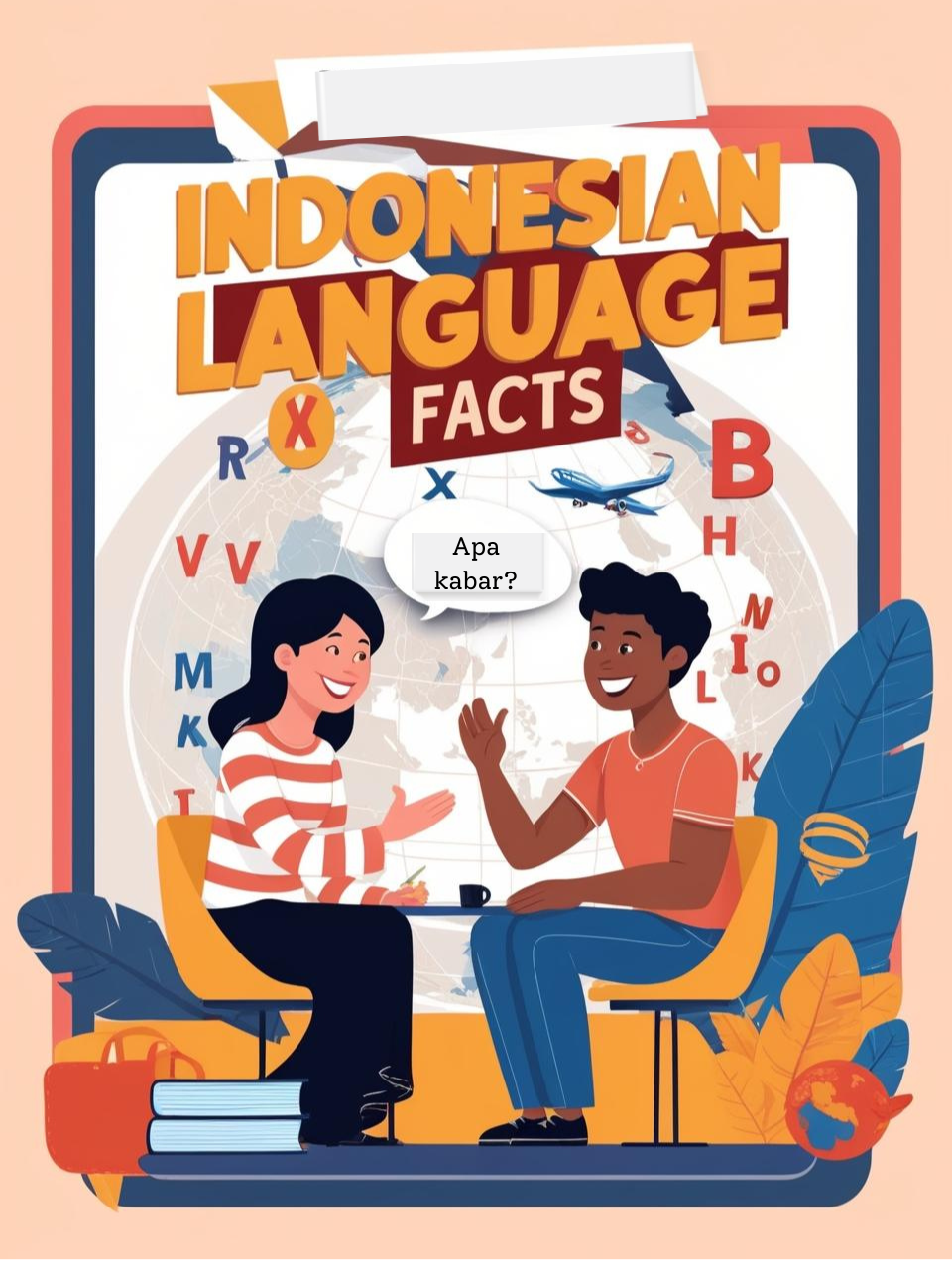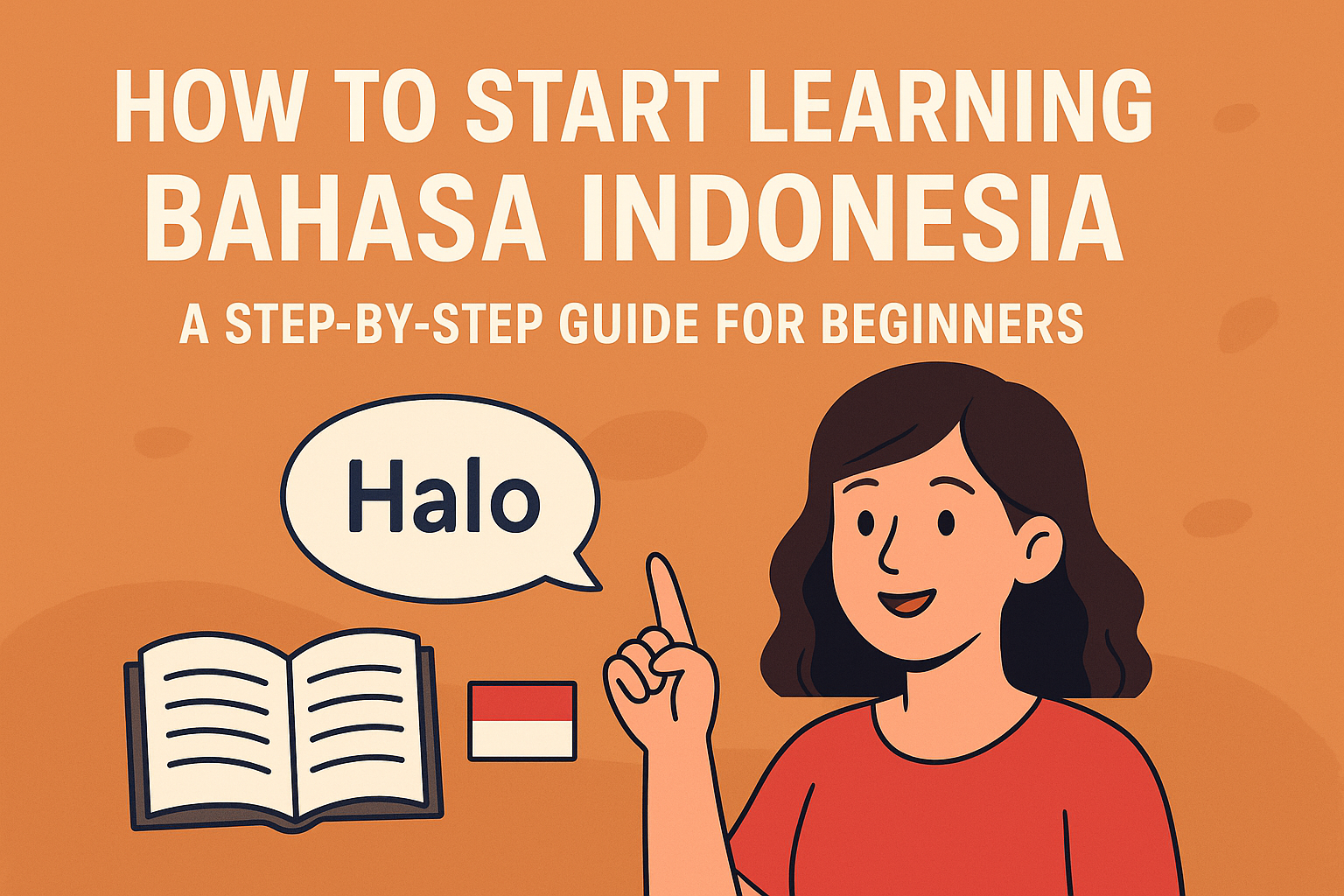Explore Insights and Stories on Language Learning
Magnabasa Blog provides insightful articles on learning Indonesian, language tips, and cultural insights. Stay updated with expert advice and inspiring stories to enhance your language journey.

The Beauty and Significance of the Indonesian Language
The Beauty and Significance of the Indonesian LanguageIndonesia, an archipelago of over 17,000 islands, is home to a rich and diverse linguistic heritage. Among its 700+ regional languages, Bahasa Indonesia stands as the official and unifying language of the nation. But what makes Indonesian unique, and why is it worth learning?A Language of UnityBahasa Indonesia was officially adopted as the national language in 1945, following the country’s independence. Unlike many nations where a dominant ethnic language takes precedence, Indonesia chose a neutral lingua franca that was already widely used for trade and communication across the islands. This decision played a crucial role in uniting the diverse ethnic groups of Indonesia under one national identity.Simplicity and AccessibilityOne of the most attractive features of Bahasa Indonesia is its simplicity. Unlike many other languages, Indonesian does not have complex verb conjugations, grammatical genders, or plural forms requiring separate words. For example, to express plurality, Indonesians simply repeat the noun (e.g., "buku" means book, and "buku-buku" means books). This structural simplicity makes it an approachable language for beginners.A Language Rooted in HistoryBahasa Indonesia is heavily influenced by other languages, including Sanskrit, Arabic, Dutch, and English. This historical blend has enriched the vocabulary, making it a fascinating language to study for those interested in cultural and linguistic evolution. Words like "sekolah" (school, from Dutch "school") and "terima kasih" (thank you, from Sanskrit) highlight this linguistic diversity.The Growing Importance of IndonesianAs the fourth most populous country in the world, Indonesia plays a growing role in the global economy, trade, and tourism. Learning Bahasa Indonesia not only allows for better communication with locals but also provides a deeper understanding of Indonesia’s rich culture, traditions, and business opportunities. Additionally, the Indonesian government is actively promoting its language to the international community through educational programs and cultural exchanges.ConclusionWhether you are a traveler, a business professional, or simply a language enthusiast, learning Bahasa Indonesia opens doors to a vibrant culture and a warm, hospitable society. With its relatively easy grammar and phonetic pronunciation, it’s a language that can be learned quickly and effectively. Embracing Bahasa Indonesia is not just about mastering words; it’s about connecting with millions of people and immersing yourself in the heart of Southeast Asia.

Facts about Bahasa Indonesia
Here are some interesting facts about Bahasa Indonesia that make it a unique and fascinating language to learn: 🌏 Widely SpokenBahasa Indonesia is spoken by over 270 million people as a second language and more than 43 million as a first language. It’s the official language of Indonesia, the world’s fourth most populous country.🔤 Uses the Roman AlphabetUnlike many Asian languages, Bahasa Indonesia uses the Latin (Roman) script, making it easier to read and write for English speakers.🧠 Grammar Made SimpleBahasa Indonesia is known for its straightforward grammar—no verb conjugations, no tenses, and no gendered nouns! This makes it one of the easiest Asian languages to learn.🌐 Unity in DiversityIndonesia is home to 700+ local languages, and Bahasa Indonesia acts as a unifying language across the country’s many islands and ethnic groups.📚 Standardized and ModernThe language was officially standardized in 1945 and is used in government, media, education, and business throughout Indonesia.✈️ A Language of Travel and CultureLearning Bahasa Indonesia opens doors to rich cultural experiences, from local food and traditional ceremonies to hidden travel gems only locals know.

How to Start Learning Bahasa Indonesia: A Step-by-Step Guide for Beginners
Thinking about learning Bahasa Indonesia? That’s awesome! This language is known for its straightforward grammar, phonetic spelling, and friendly tone. Whether you’re learning for travel, work, or personal growth, here’s a simple guide to help you get started the right way. ✅ 1. Learn the Basics FirstStart with essential phrases and daily vocabulary. Focus on things you’ll actually use every day:Greetings: Halo, Selamat pagi, Apa kabar?Numbers and timeCommon verbs: pergi (go), makan (eat), suka (like)Simple sentence patterns💡 Use flashcards or language apps to memorize them easily.📚 2. Understand the Sentence StructureBahasa Indonesia has a simple word order:Subject + Verb + Object Example: Saya makan nasi (I eat rice)There are no verb conjugations, no gender, and no tenses to memorize like in many other languages—huge win for beginners!💬 3. Practice Speaking EarlyDon’t wait to be “perfect”—start speaking from Day 1! Practice by:Repeating common phrases out loudTalking to yourself using new wordsJoining language exchange with native speakers🎙️ Tip: Record your voice to track your progress!✍️ 4. Build a Daily Learning RoutineConsistency is key.10–15 minutes daily is better than 2 hours once a weekMix listening, reading, speaking, and writingUse a notebook or digital journal to write new words🌏 5. Learn in ContextLearn words in sentences, not just in isolation.Use example phrases like: Saya suka kopi. (I like coffee) Di mana toilet? (Where is the toilet?)This helps your brain remember more naturally and improves fluency.Selamat belajar! (Happy learning!)